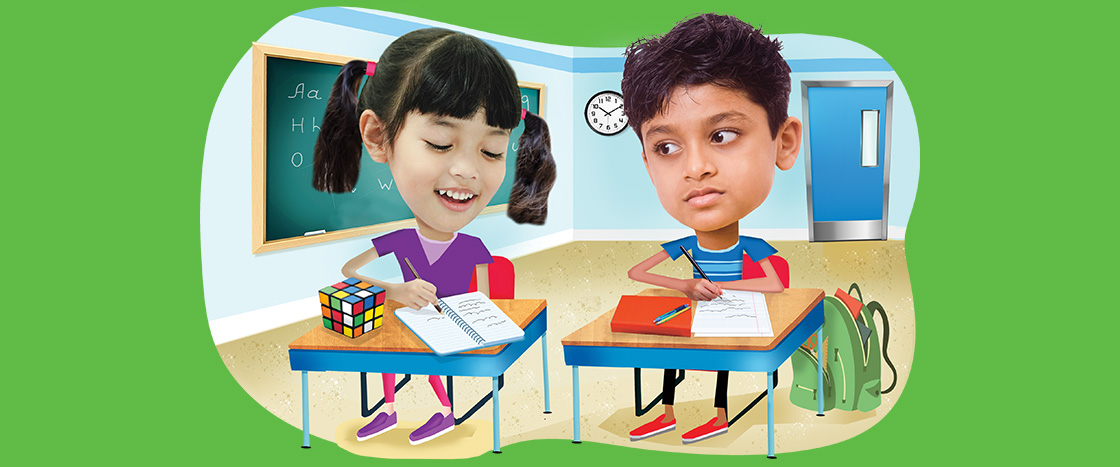1. Learn the Value of Debating
This is a great activity for the beginning of the school year. You could do it after reading the first debate so children are familiar with what a debate is. You can refer to the web below all year.
Skill: Respectful discussion
- Share with children that debating teaches us so many important skills that we will use for the rest of our lives! Create a web on chart paper that shows reasons why we have debates.
- As you create the web, ask kids to share what they think each sentence on the web means.
- When you are doing a Storyworks 2 debate, have this web up so students can refer to it. You can point out when students need to be good listeners, for example.
- Remind students that, just like in any class discussion, it’s important to listen to each other respectfully, even if (especially if!) we disagree.
2. Take a Poll
This builds engagement. It also offers an opportunity to practice tally marks!
Skills: Polling, tally marks
- Take a poll of students’ opinions before and after reading.
- Make a chart on the whiteboard or chart paper and tally the students who say yes and who say no.
- Did anyone’s opinion change after reading? Ask them to share why!
3. Sticky Note T-Chart
This is really fun. It also gives children practice with bite-size bits of opinion writing.
Skills: Charting, writing
- Make a big T-chart representing both sides of the debate.
- Have children write ideas supporting either or both sides on sticky notes. They can make as many sticky notes as they want in 10 minutes. They should write their name on each note.
- They can come up and place their stickies on the correct side of the T-chart.
- Call students up to read and share their stickies.
- Which side won?
4. Classic Method!
This is a classic, simple way to teach our debate.
Skills: Reading, respectful discussion, writing
- Read the debate together.
- Discuss it.
- Pass out the opinion writing skills sheet from our website. Have children go to their tables and fill it in.
- If time permits, have children share what they wrote.

